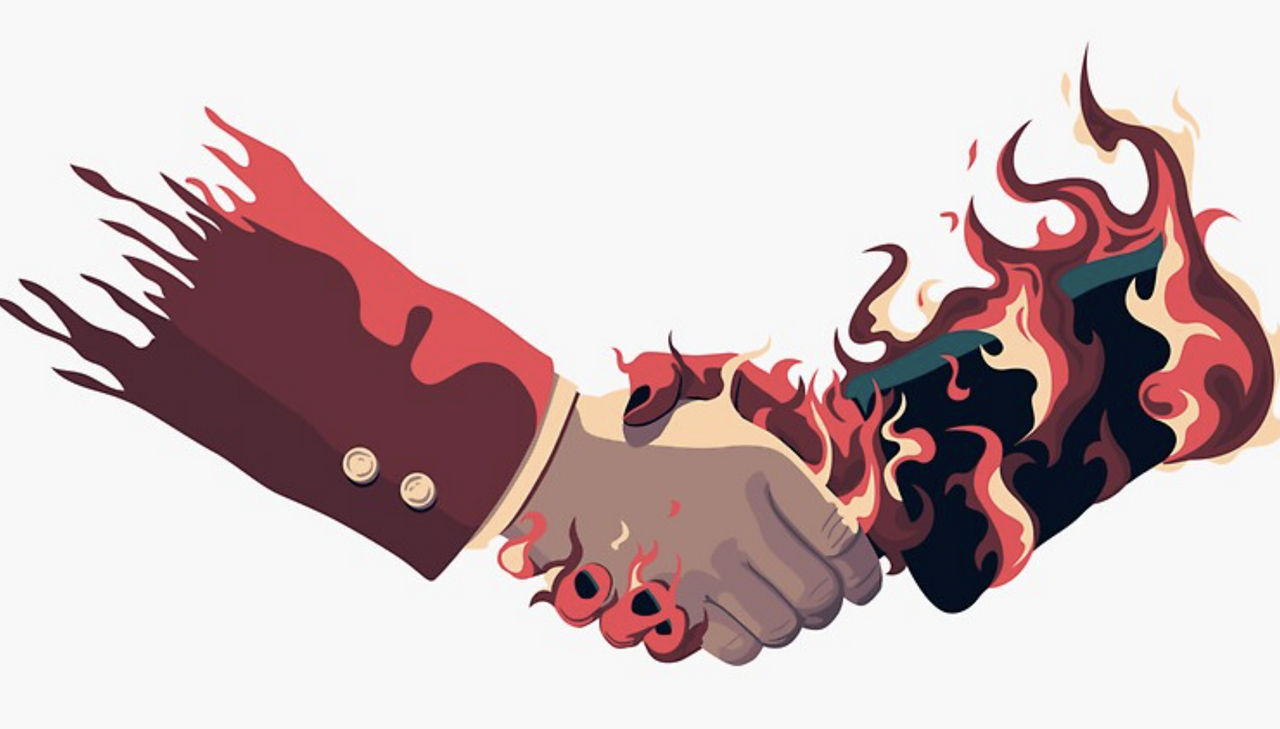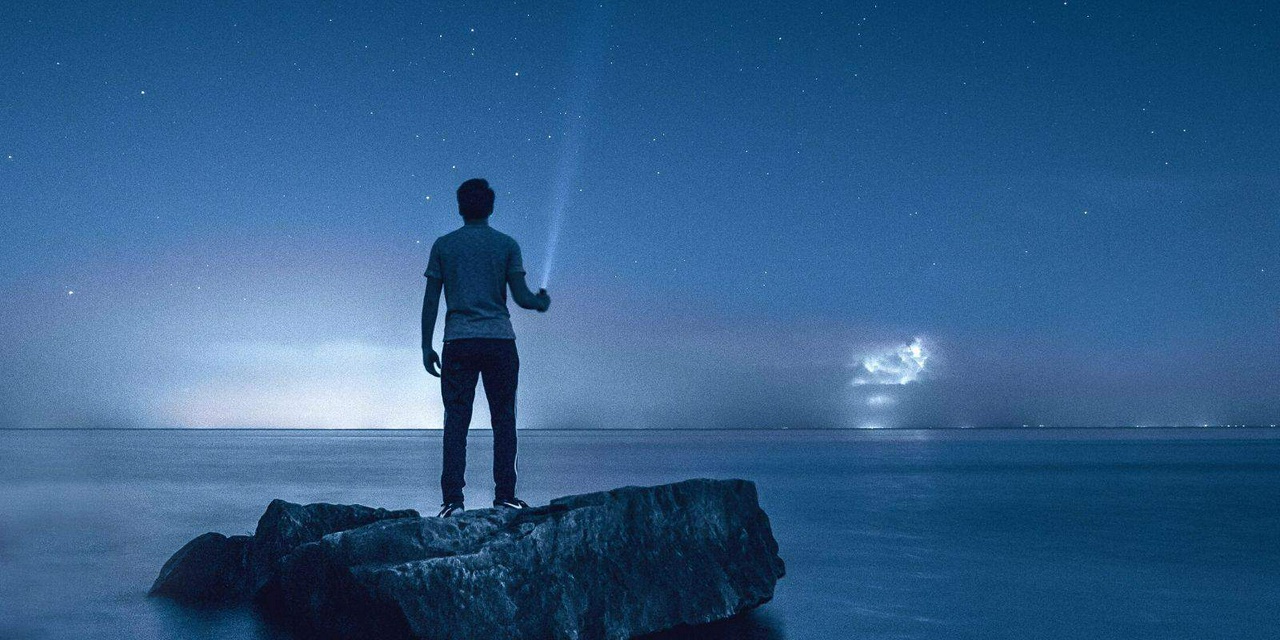The Things We Should be Learning from Our Children

Each day as we daven, we invoke the memory of the Avos: Avraham, Yitzchak and Yaakov. Each one in their own right is an Av – a father of the Jewish people. Each one had their own struggle, their own challenge, their own perspective and the own middah.
But each of the Avos is exactly that – an Av. A parent. The Torah describes little, or nothing of their childhood. Avraham is already a grown man by the time Hashem says “Lech L'cha.” Yitzchak is thirty-seven years old at the Akeida. And while Yaakov is indeed 15 when he purchases his birthright from Esav, and that this event is recorded in the Torah, this one verse is the only narrative of Yaakov's teenage years. The next time we meet Yaakov is at the age of sixty, when he steals the brachos that Yitzchak intends for Esav.
The very first Jew to be identified as a child, is Yosef:
אֵלֶּה תֹּלְדוֹת יַעֲקֹב יוֹסֵף בֶּן־שְׁבַע־עֶשְׂרֵה שָׁנָה הָיָה רֹעֶה אֶת־אֶחָיו בַּצֹּאן וְהוּא נַעַר
These are the generations of Jacob. Joseph, being seventeen years old, was tending the flock with his brethren, being still a youth...
We are introduced to Yosef, a seventeen year old young man. The favorite child of his father, and, paradigmatically, הוּא נַעַר. He's is a child.
Contrast this with Yaakov and Esav, one generation earlier. Immediately after telling us of the birth of Yaakov and Esav: The children grew up – וַיִּגְדְּלוּ הַנְּעָרִים. Very rapidly, they transcend “na'ar”. וַיְהִי עֵשָׂו אִישׁ יֹדֵעַ צַיִד אִישׁ שָׂדֶה וְיַעֲקֹב אִישׁ תָּם יֹשֵׁב אֹהָלִים – Esav was a hunter, a man of the field, and Yaakov was a wholesome man, dwelling in the tents. No longer are they young; each one is now an “ish.”
Yosef is still very much a na'ar when we meet him. Rashi quotes the Medrash and comments that Yosef did childish things:
והוא נער – שהיה עושה מעשה נערות, מתקן בשערו, משמש בעיניו, כדי שיהא נראה יפה.
His actions were childish: he dressed his hair, he touched up his eyes so that he should appear good-looking (Genesis Rabbah 84:7).
One can easily imagine how this affected his brothers. In a world that values growing up quickly, taking responsibility for the Jewish people and the future of the world, Yosef's childishness comes off as immature.
Consider that Avraham Avinu is crowned with ואברהם זקן – Avraham became old. On this, Rav Hirsch explains:
הזקן הוא בעל ההכרה הבשלה, בנגוד לנער, המנער בקלות את כל הרשמים שקבל מהחוץ.
He who is old is one who had a full understanding. In contradistinction to a youth, who is easily stirred by external stimuli.
Yosef epitomizes the opposite of זקנה – of age and of wisdom. But this is the least of the issues between Yosef and his brothers.
Yosef is a dreamer, like his father Yaakov before him, who dreamed of the ladder rising to the heavens. But quite unlike Yaakov, who is an observer in his dreams, Yosef is the protagonist. In Yosef’s dreams, he is gathering grain. He is at the center of the circle, surrounded by the sun, moon and stars.
His visions of grandeur and self importance are coupled with his immaturity. In the eyes of his brothers, he is little more than a pampered, narcissistic child, who is out of touch with the reality of being a part of the Am Segulah – the Nation that would shape human destiny. He leads a life of privilege, spending his time on his education with Yaakov, and his physical appearance.
Living in Yosef's World
There are many similarities between Yosef's live and the life of many contemporary Jewish teens and young adults today. He lives with a gnawing existential loneliness, and is faced with challenges far beyond his ancestors.
Economically: His career veers sharply from the stability his predecessors enjoyed (they were always shepherds). Yosef is a slave, a servant, a prisoner, an interpreter of dreams, economist, and eventually a politician and ruler.
Socially: Yosef spends most of his life surrounded by people whose beliefs are antithetical to his own. He dreams of greatness, yet his deepest desire is to impact the world positivity, with innovation and leadership.
Morally: Like many in generation, Yosef is challenged with sexual temptation, and needs to contend with emotions of abandonment and the desire for revenge.
The Meaning of נער
Despite these challenges, all of Yosef's dreams eventually come to fruition. The question we must address is how does Yosef succeed? How does he transcend being a נער, or perhaps, how does he utilize it? Is there a secret ingredient that makes Yosef's life a success, and if so, how can we emulate him?
The answer lies in understanding that Yosef's childishness is not one dimensional. The Medrash Tanchuma (Vayeshev 20) explains:
שלש מדות היו בו, בן תורה, ונביא, ואת אחיו מכלכל, בן תורה דכתיב כי בן זקונים הוא לו, וכתיב שאל אביך ויגדך זקניך ויאמרו לך. ומנין שהוא נביא, שנאמר והוא נער את בני בלהה וגו', וכתיב ומשרתו יהושע בן נון נער, וכתיב ויגדל הנער שמואל, ומנין שהוא זן את אחיו, שנאמר ועתה אל תיראו, אנכי אכלכל אתכם
Yosef had three attributes: He was a Ben Torah, a Prophet, and a Provider for his brothers... How do you know he was a prophet? He is referred to as נער. And both Yehoshua, and Shmuel are called נער as well.
The Medrash is telling us that in his being a נער – within his childishness – is his capacity for prophecy and greatness!
How does one contend with these conflicting Medrashim? Was Yosef a self-centered child? Or a Ben Torah, a Prophet, and a Provider for his Brothers? And how can both notions be communicated in the word נער?
Rav Gedalya Shor in Ohr Gedalyahu argues (based on the Zohar and Rabbineu Bachya) that נער is a complex word. One the one hand, it most certainly connotes immaturity. But on the other, it means התנערי מעפר קומי – To wake up from the ashes.
The Depths of Childhood
To be a child is to constantly balance the nativity of childishness with התנערי – the excitement of possibility. The capacity to build, to grow, to dream, to achieve and to achieve prophecy. It is through Yosef that Klal Yisrael is introduced to the importance childhood.
This is the not the approach of the brothers, or of the Avos. But Yosef disagrees. He is a not an Av, he is a na'ar. He teaches us that it is essential to dream, and to cultivate the children within ourselves (and indeed, give us the tools to to raise our own children.) He teaches us that growing up should not mean giving up.
The Magid of Mezritch would explain that there are three things he learned from children:
- They are always happy.
- When they need something they cry out. They're not ashamed to ask for help.
- They're always going somewhere. Children don't walk – they run.
Yaakov's Bracha
But how does one harness the passion, excitement and opportunity without falling off the bandwagon. How should we channel it?
At the end of his life, Yaakov calls Yosef in order to give him a Bracha – one that we echo to our children:
המלאך הגואל אותי מכל רע יברך את הנערים – May the angel that protected me, protect these naarim – these children.
The Sfas Emes explains:
שנתן ברכה להתפשטות כחו של יוסף, והנערים הוא התעוררות החיות שבעולם, והכלל כי שורש החיות בא מיוסף
Yaakov gave them the Bracha to continue Yosef's power. Children are those that awaken and provide life to the world. And the root of this comes from Yosef.
Yaakov and Yosef both understand, for a נער to succeed, they need protection. Who provides that protection? Exactly the same מלאך that has protected us throughout the ages.
The passionate growth that Yosef brings to the world is safe-guarded by the continuous connection to the core values of Yiddishkeit. That's the anchor to the excitement of innovation.
Ultimately, that's the tool box that we need to cultivate for ourselves, that we need to develop for our children.
Be'ezras Hashem, that same Malach should protect our dreams, our goals, our aspirations and our children.








